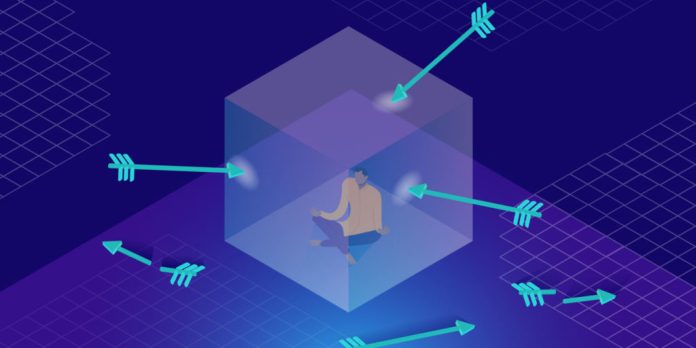Distributed denial of service (DDoS) attacks take place when cyber criminals make use of multiple machines to simultaneously conduct denial of service attacks (DoS). The latter is a concentrated attack using an individual machine whereas the former is a series of coordinated attacks using multiple machines. The latter raises its effectiveness. DDoS attacks target networks, servers as well as application OSI layers for overwhelming various resources. The attacks have a distributed nature of requests targeted toward a website, app, or application programming interface (API).
Problem is, most DDoS attacks are hard to detect, and even block. They are more than likely to go past old-fashioned DoS protection mechanisms via brute force.
Are DDoS attacks becoming common?
DDoS attacks have become quite common and have also worn a more threatening look. Even by way of their nature they are dangerous. Moreover, the amount of large-scale DDoS attacks having more than 1000 GB/s in volume raised by almost 776% in the first quarter of the year 2020. That was more than two years ago.
The COVID-19 pandemic of 2020 will be remembered as one of the worst moments in mankind’s history. It forced a lot of people to work from home remotely on the internet. With the majority of the workforce at home, cybersecurity teams did not have access to the systems at work and were unable to stop DDoS attacks, among numerous other present factors.
But there is a bottom line: No one, and literally no one, can or should underestimate the force and strength of DDoS attacks. Small, medium, and large enterprises are hurt by these attacks.
Common kinds of DDoS traffic
Numerous kinds of DDoS attacks make use of HTTP headers. They are fields describing resources requested by clients such as website URLs, JPEG imagery, forms, and the like. These headers also provide information about the kind of web browsers and operating systems (OS) used by clients (through the USER AGENT Header).
Other than USER AGENT, other common kinds of HTTP headers are GET, POST, LANGUAGE, and ACCEPT. Attackers in DDoS attacks use and modify headers for overwhelming the web servers, asking the identities of attackers, and trickling a caching proxy into not caching information (it hides the attackers’ trails).
Compiled by experts from a DDoS Protection Service provider in New York City, here are some common DDoS traffic kinds based on HTTP headers used:
- HTTP post request and Post Flood.
- HTTPS Post Request and Post flood.
- HTTP Get Request and Get Flood.
- HTTPS Get Request and Get Flood.
- UDP Flood.
- MAC Flood.
- ICMP Flood.
Identifying a DDoS attack – the signs to watch out for
There are different types of DDoS attacks having different symptoms and effects. Identification and prohibition of these attacks may differ depending on the technique used as well as a host of other factors.
The most obvious symptom of a DDoS attack is when a website or application (or other internet services) suddenly either slows down or crashes completely. Yet, similar issues cannot be created by things other than DDoS attacks such as spikes in legitimate internet traffic, issues in hardware infrastructure, and countless other factors.
Hence it is best to use a traffic analytics tool (especially Google Analytics) to look for the following signs:
- A sudden spike in traffic from clients having common signatures (such as similar web browsers, geolocation, kind of device used, and behavior profile).
- A sudden and unexplained spike in requests to an endpoint (like a single page present on a website).
- A large amount of traffic comes in from an individual IP range or an IP address.
- Any peculiar patterns in traffic observed (an example is regular spikes after every ten minutes at a specific time of the day and vice versa).
Preventing and stopping DDoS attacks – steps involved
Here are some key steps recommended by cyber security experts in preventing and stopping DDoS attacks right in their tracks:
- Looking out for the warning signs.
- Investing and utilizing a worthwhile bot management system of sophisticated nature.
- Partnering with the best Internet service provider (ISP), hosting service provider, or both.
- Protecting the network parameter.
- Raising the bandwidth.
- Developing a proper response plan in the event of a DDoS attack.
Apart from that, if you are interested to know about The Role of Low-Code Application Development Platforms then visit our Tech category.











